Search In List In Python
In Python, a list is a collection of elements that can be of different data types such as integers, strings, or even other lists. Searching for a specific element in a list is a common task in programming, and Python provides several methods and techniques for performing this operation efficiently.
Defining a list for searching:
Before diving deeper into the different search techniques, it is important to understand how a list is defined and initialized in Python. A list can be created by enclosing elements within square brackets [], separated by commas. For instance:
“`python
my_list = [10, 20, 30, 40, 50]
“`
Here, `my_list` is a list containing five elements.
Linear search:
The simplest technique for searching in a list is a linear search. In this method, each element in the list is iterated through, and the target value is compared to each element until a match is found or the end of the list is reached.
“`python
def linear_search(lst, target):
for i in range(len(lst)):
if lst[i] == target:
return i
return -1
“`
The function `linear_search` takes a list `lst` and a target value as parameters. It iterates through each element in the list and compares it with the target value. If a match is found, the function returns the index of that element. If the target value is not found, the function returns -1.
Binary search:
Binary search is a more efficient searching technique but requires the list to be sorted beforehand. This algorithm works by dividing the list into halves and comparing the target value with the middle element. If the middle element is equal to the target, the search is successful. Otherwise, the search continues on either the left or right half of the list, depending on whether the target is smaller or larger than the middle element.
“`python
def binary_search(lst, target):
low = 0
high = len(lst) – 1
while low <= high: mid = (low + high) // 2 if lst[mid] == target: return mid elif lst[mid] < target: low = mid + 1 else: high = mid - 1 return -1 ``` The `binary_search` function takes a sorted list `lst` and a target value as parameters. It initializes a lower index `low` to the first element and an upper index `high` to the last element of the list. The function continues dividing the list until the target value is found or no more elements are left to search. Using the in operator: Python provides the `in` operator as a straightforward way to check if an element exists in a list. The `in` operator returns a boolean value indicating if the target value is present in the list. ```python def in_operator_search(lst, target): return target in lst ``` The function `in_operator_search` takes a list `lst` and a target value as parameters. It simply uses the `in` operator to check if the target value exists in the list and returns a boolean value accordingly. Using the index method: The `index()` method in Python can be used to find the index of the first occurrence of a value in a list. ```python def index_method_search(lst, target): try: return lst.index(target) except ValueError: return -1 ``` The `index_method_search` function takes a list `lst` and a target value as parameters. It attempts to find the index of the target value in the list using the `index()` method. If the target value is not found, a `ValueError` exception is raised, and the function returns -1. Using the count method: The `count()` method in Python allows counting the number of occurrences of a value within a list. ```python def count_method_search(lst, target): return lst.count(target) ``` The `count_method_search` function takes a list `lst` and a target value as parameters. It uses the `count()` method to determine the number of occurrences of the target value within the list and returns the count as the result. Using list comprehension: List comprehension is a powerful feature in Python that allows creating a new list by filtering elements based on a condition. ```python def list_comprehension_search(lst, target): return [i for i in range(len(lst)) if lst[i] == target] ``` The `list_comprehension_search` function takes a list `lst` and a target value as parameters. It uses list comprehension to iterate through each index of the list and add it to a new list if the element at that index is equal to the target value. The function returns the new list containing all the indices where the target value is found. Using the enumerate function: The `enumerate()` function in Python can be used to access both the index and value of each element in a list. ```python def enumerate_function_search(lst, target): for i, value in enumerate(lst): if value == target: return i return -1 ``` The `enumerate_function_search` function takes a list `lst` and a target value as parameters. It uses the `enumerate()` function to iterate through each index-value pair in the list. If the value matches the target value, the function returns the corresponding index. If the target value is not found, the function returns -1. Using lambda functions: Lambda functions in Python are anonymous functions that can be defined on the fly. They can be used for searching in a list by defining a function to compare the elements with the target value. ```python def lambda_function_search(lst, target): compare = lambda x: x == target result = filter(compare, lst) return next(result, -1) ``` The `lambda_function_search` function takes a list `lst` and a target value as parameters. It defines a lambda function `compare` to compare each element in the list with the target value. Then, it uses the `filter()` function to filter the list and keep only the elements that satisfy the comparison. The function returns the first element from the filtered list using the `next()` function. If no elements match the target value, it returns -1 as the default value. Handling multiple occurrences: When a value occurs multiple times in a list, it might be necessary to find all the indices where the value is found. This can be accomplished by modifying the search functions to keep track of all the occurrences and return a list of indices instead of a single index. For example, in the case of linear search: ```python def linear_search_multiple_occurrences(lst, target): indices = [] for i in range(len(lst)): if lst[i] == target: indices.append(i) return indices ``` The `linear_search_multiple_occurrences` function takes a list `lst` and a target value as parameters. It initializes an empty list `indices` to store the indices where the target value is found. It iterates through each element in the list, and if a match is found, it appends the index to the `indices` list. Finally, it returns the `indices` list. Other search functions can be modified in a similar way to handle multiple occurrences. FAQs Q: What is the fastest method to search for an element in a list in Python? A: Binary search provides the fastest searching technique for sorted lists. However, if the list is not sorted, linear search and using the in operator are efficient options. Q: How can I search for a value in a list of dictionaries in Python? A: To search for a value in a list of dictionaries, you can iterate through each dictionary and check if the value exists as a value for any key. Q: How do I find the index of the maximum or minimum element in a list in Python? A: You can use the `index()` method in combination with the `max()` or `min()` function to find the index of the maximum or minimum element in a list. Q: Is it possible to search for an element using its index in a list? A: Yes, you can directly access elements in a list by their index. However, if you need to search for an element without knowing its index, you can use any of the search techniques mentioned in this article. Q: Can I apply multiple search techniques in a single program? A: Yes, you can combine different search techniques based on your requirements. For example, you can use a binary search for a sorted list and fallback to linear search if the list is not sorted. In conclusion, Python provides various methods for searching in a list efficiently. Whether you need to perform a linear search, binary search, or utilize built-in functions, there is a method suitable for your specific requirements. By understanding these techniques, you can optimize your code and enhance the search functionality of your programs.
#68 Python Tutorial For Beginners | Linear Search Using Python
How To Search For A Letter In A String From A List In Python?
Searching for a specific letter in a string is a common task in programming, especially when dealing with textual data. In Python, there are several approaches you can follow to accomplish this task efficiently. In this article, we will explore different techniques for searching a letter in a string from a list in Python, providing examples and explanations to help you better understand the concepts. So, let’s dive in!
1. Using the `in` Operator
The simplest way to search for a letter in a string from a list in Python is by using the `in` operator. The `in` operator checks if a given letter is present in a string and returns a boolean value indicating the result. Here’s an example:
“`python
string = “Hello World”
if “o” in string:
print(“The letter ‘o’ is present in the string.”)
else:
print(“The letter ‘o’ is not present in the string.”)
“`
In this code snippet, the `in` operator is used to check if the letter ‘o’ exists in the string “Hello World”. If it does, the first statement is executed, otherwise, the second statement is executed.
2. Using the `find()` Method
Python strings provide the `find()` method to search for a specific letter or substring within a string. This method returns the index of the first occurrence of the desired letter, or -1 if the letter is not found. Here’s an example:
“`python
string = “Hello World”
index = string.find(“o”)
if index != -1:
print(f”The letter ‘o’ is found at index {index}”)
else:
print(“The letter ‘o’ is not present in the string.”)
“`
In this code snippet, the `find()` method is used to search for the letter ‘o’ in the string “Hello World”. If the letter is found, the index is printed, otherwise, a message indicating that the letter is not present is displayed.
3. Using a For Loop
Another approach to search for a letter in a string from a list in Python is by iterating through each character of the string using a for loop. Here’s an example:
“`python
string = “Hello World”
letter = “o”
found = False
for char in string:
if char == letter:
found = True
break
if found:
print(“The letter ‘o’ is present in the string.”)
else:
print(“The letter ‘o’ is not present in the string.”)
“`
In this code snippet, we loop through each character of the string “Hello World” and compare it with the desired letter ‘o’. If a match is found, we set the `found` variable to `True` and break out of the loop. Finally, we check the value of `found` to determine if the letter is present in the string.
FAQs
Q1. Can I search for multiple letters in a string simultaneously?
Yes, you can search for multiple letters in a string by combining the aforementioned techniques. For example, you can use the `in` operator inside a loop to check if each letter in a list exists in a string.
Q2. How can I perform a case-insensitive search?
To perform a case-insensitive search, you can convert both the string and the letter(s) to either lowercase or uppercase using the `lower()` or `upper()` methods before searching.
Q3. How can I search for a letter in multiple strings?
If you have a list of strings and want to search for a letter in each string, you can use a nested loop. The outer loop will iterate through the list of strings, and the inner loop will search for the desired letter in each string individually.
Q4. Is there a more advanced way to search for patterns in strings?
Yes, Python provides regular expressions (regex) that are powerful tools for searching and manipulating patterns in strings. The `re` module in Python allows you to utilize regex for advanced string searching.
Q5. Are there any performance considerations when searching for letters in strings?
When searching for letters in strings, the time complexity depends on the length of the string and the chosen search method. The `find()` method and the `in` operator have a time complexity of O(n), where n is the length of the string. It is generally recommended to choose the method that best suits your use case and data size.
Conclusion
Searching for a letter in a string from a list is a fundamental operation in Python programming. In this article, we explored different approaches to tackle this task, including the use of the `in` operator, the `find()` method, and for loops. We also discussed some frequently asked questions that may arise while working with these techniques. By understanding and practicing these methods, you will enhance your ability to search and manipulate strings efficiently in Python.
Keywords searched by users: search in list in python Find in list Python, Get element in list Python, Search in Python, Find index in list Python, In list Python, Find value in list of list python, Find all index of element in list Python, Python find in list of dicts
Categories: Top 80 Search In List In Python
See more here: nhanvietluanvan.com
Find In List Python
Python, being a versatile programming language, provides several methods to manipulate lists efficiently. One such common task is searching for an element within a list. In this article, we will explore various techniques to find elements in a list using Python, discuss their advantages and disadvantages, and provide examples for better understanding. So, let’s dive in!
I. Introduction to Finding an Element in a List
===============================================
The task of finding an element in a list involves scanning through the list and determining its presence or absence. Python offers multiple approaches to accomplish this, ranging from basic and straightforward methods to advanced techniques that expedite the search process.
II. Basic Techniques for Finding an Element in a List
=====================================================
1. Linear Search:
One of the simplest ways to find an element in a list is to iterate through each element and compare it with the target element. The search process continues until the target element is found or the entire list is scanned. However, this method may not be efficient for large lists, as it has a time complexity of O(n), where n is the size of the list.
2. Using the ‘in’ Operator:
Python provides a convenient way to check if an element exists in a list using the ‘in’ operator. This method is concise and readable, making it the preferred choice for simple and quick searches. However, it also has a time complexity of O(n), similar to the linear search method.
III. Advanced Techniques for Finding an Element in a List
=======================================================
1. Binary Search:
Binary search is a more efficient algorithm for searching in a sorted list. It follows a divide-and-conquer approach by repeatedly dividing the search range in half until the target element is found or the search range becomes empty. Binary search has a time complexity of O(log n), making it highly efficient for large sorted lists.
2. Using the Index() Method:
Python’s built-in list method, index(), can be used to find the first occurrence of an element in a list. This method returns the index of the element if found, or raises a ValueError if the element is not present. However, the index() method stops searching after finding the first occurrence, making it unsuitable for finding all occurrences in the list.
3. Using the enumerate() Function:
The enumerate() function, coupled with a for loop, allows you to iterate through the list while simultaneously accessing both the element and its index. This technique enables more complex search criteria, such as finding multiple occurrences of an element or checking for specific conditions.
IV. Examples of Finding Elements in a List using Python
=======================================================
To better understand the techniques discussed above, let’s look at some code snippets:
Example 1: Using Linear Search
——————————
def linear_search(lst, target):
for i in range(len(lst)):
if lst[i] == target:
return i
return -1
Example 2: Using the ‘in’ Operator
———————————-
def in_operator_search(lst, target):
return target in lst
Example 3: Using Binary Search
——————————
import bisect
def binary_search(lst, target):
index = bisect.bisect_left(lst, target)
if index < len(lst) and lst[index] == target:
return index
return -1
V. FAQs
=======
Q1. Which technique should I use to find elements in a list?
A1. The choice of technique depends on factors like list size, sorting, and complexity requirements. Linear search or the 'in' operator is suitable for small lists, while binary search is more efficient for large sorted lists.
Q2. Can I find all occurrences of an element using built-in Python functions?
A2. The index() method only finds the first occurrence of an element. To find all occurrences, you need to use techniques like a for loop or list comprehension with the enumerate() function.
Q3. How can I handle lists with complex objects or specific search criteria?
A3. By leveraging the flexibility of the enumerate() function, you can perform more intricate search operations, such as finding elements based on custom conditions, extracting specific attributes, or iterating through multiple occurrences.
In conclusion, finding elements in a list using Python involves various techniques, each with its own advantages and use cases. Whether you opt for a basic linear search, utilize Python's built-in functions like the 'in' operator and index(), or employ advanced methods like binary search or the enumerate() function, Python offers a range of options to suit your specific needs. So, choose the technique that best fits your requirements and optimize your search processes in the world of Python programming!
Get Element In List Python
In Python, lists are one of the most commonly used data structures. They allow us to store and organize multiple elements in a single variable. One essential operation when working with lists is accessing specific elements within them. In this article, we will explore various methods to get an element in a list using Python.
1. Accessing Elements by Index
The most basic way to get an element in a list is by using its index. In Python, list indexing starts at 0, so the first element can be accessed using index 0, the second element using index 1, and so on. To retrieve an element, we simply specify the desired index in square brackets after the list variable.
Example:
“`
my_list = [‘apple’, ‘banana’, ‘orange’]
print(my_list[1]) # Output: banana
“`
In the above example, we have a list `my_list` containing three fruits. By specifying the index 1, we retrieve the element at that position, which is ‘banana’.
2. Negative Indexing
Python also supports negative indexing for accessing elements from the end of a list. In this case, the last element can be accessed using index -1, the second-last using index -2, and so on. Negative indexing can be particularly useful when the length of the list is unknown or when we want to access elements relative to the end.
Example:
“`
my_list = [‘apple’, ‘banana’, ‘orange’]
print(my_list[-2]) # Output: banana
“`
Here, by using the negative index -2, we retrieve the second-last element of the list, which is ‘banana’.
3. Slicing a List
Another way to get elements in a list is by using slicing. Slicing allows us to extract a portion of a list by specifying a start index and an end index, separated by a colon (:). The start index is inclusive, while the end index is exclusive.
Example:
“`
my_list = [‘apple’, ‘banana’, ‘orange’, ‘grape’, ‘mango’]
print(my_list[1:4]) # Output: [‘banana’, ‘orange’, ‘grape’]
“`
In the above example, we use slicing to retrieve elements from index 1 to index 3 (exclusive). The resulting list contains all the elements between these two indices.
We can also omit the start or end index to slice from the beginning or until the end of the list, respectively.
Example:
“`
my_list = [‘apple’, ‘banana’, ‘orange’, ‘grape’, ‘mango’]
print(my_list[:3]) # Output: [‘apple’, ‘banana’, ‘orange’]
print(my_list[2:]) # Output: [‘orange’, ‘grape’, ‘mango’]
“`
In the first example, when we omit the start index, it assumes the beginning of the list as the default. In the second example, when we omit the end index, it assumes the end of the list as the default.
4. Getting Multiple Elements Using Step Size
In addition to specifying the start and end indices, we can also use a third parameter called the step size. The step size determines the increment between successive indices while slicing a list.
Example:
“`
my_list = [‘apple’, ‘banana’, ‘orange’, ‘grape’, ‘mango’]
print(my_list[1:5:2]) # Output: [‘banana’, ‘grape’]
“`
In the above example, we specify a step size of 2, which means it retrieves every second element from index 1 to index 4 (exclusive).
5. Using the index() method
If we know the value of the element we want to retrieve, but not its index, we can use the `index()` method. The `index()` method returns the index of the first occurrence of the specified element in a list.
Example:
“`
my_list = [‘apple’, ‘banana’, ‘orange’]
print(my_list.index(‘banana’)) # Output: 1
“`
In this example, the `index()` method is used to find the index of ‘banana’ in the list, which is 1.
FAQs
Q1. What happens if we try to access an index that is out of range?
If we try to access an index that is out of range, i.e., greater than or equal to the length of the list, Python will throw an IndexError. It is important to ensure that the index is within the valid range of indices.
Q2. How can we check if an element exists in a list before retrieving it?
To check if an element exists in a list before retrieving it, we can use the `in` keyword. It returns a boolean value indicating whether the element is present in the list or not.
Example:
“`
my_list = [‘apple’, ‘banana’, ‘orange’]
if ‘banana’ in my_list:
print(“Element found!”)
else:
print(“Element not found!”)
“`
In the above example, we check if ‘banana’ exists in `my_list`. If it does, we print “Element found!”.
Q3. How can we handle the case where an element may not exist while retrieving it based on a condition?
To handle the case where an element may not exist while retrieving it based on a condition, we can use exception handling. By using a try-except block, we can catch the IndexError and handle it gracefully.
Example:
“`
my_list = [‘apple’, ‘banana’, ‘orange’]
try:
print(my_list[4])
except IndexError:
print(“Invalid index!”)
“`
In this example, we attempt to retrieve an element at index 4, which is out of range. The program encounters an IndexError, and the except block executes, printing “Invalid index!”.
In conclusion, accessing elements in a list is a fundamental operation in Python. We can use index-based access, negative indexing, slicing, or the index() method to retrieve specific elements based on our requirements. By understanding these techniques, we can manipulate and extract data from lists effectively.
Images related to the topic search in list in python

Found 30 images related to search in list in python theme



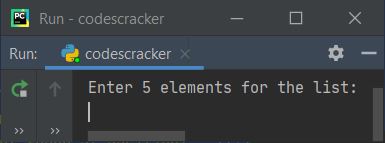



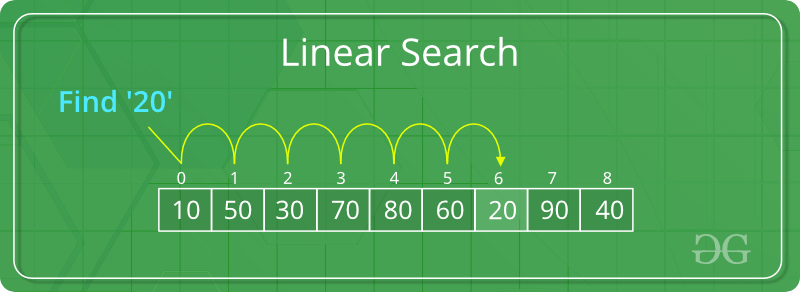




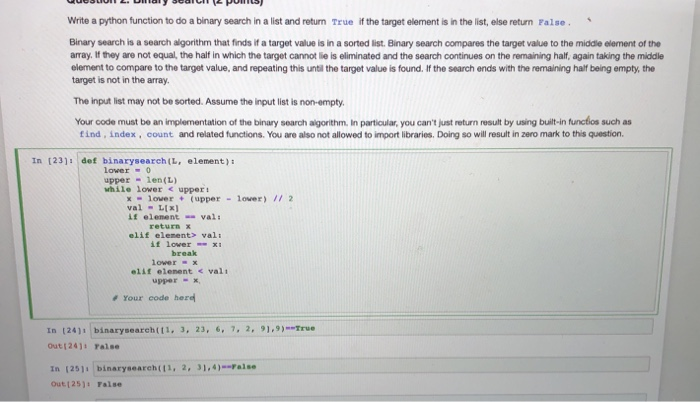


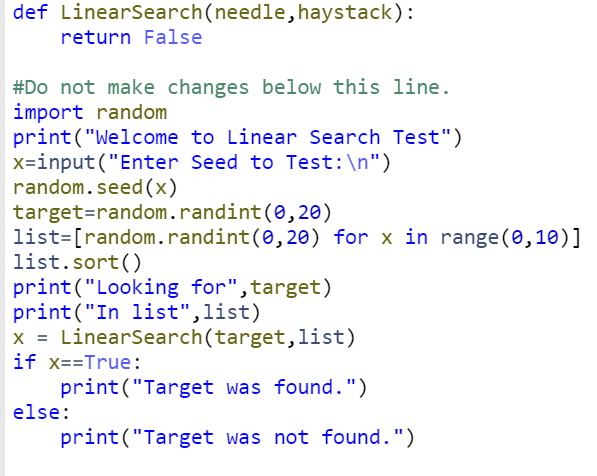









![Index() in Python: The Ultimate Guide [With Examples] | Simplilearn Index() In Python: The Ultimate Guide [With Examples] | Simplilearn](https://www.simplilearn.com/ice9/free_resources_article_thumb/Findinganelement.png)





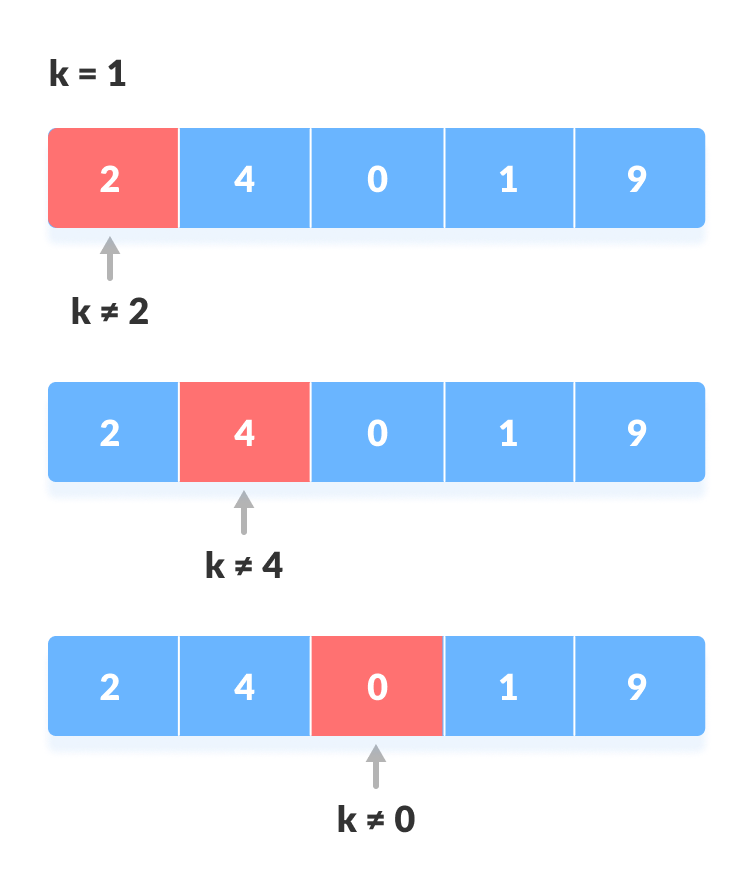
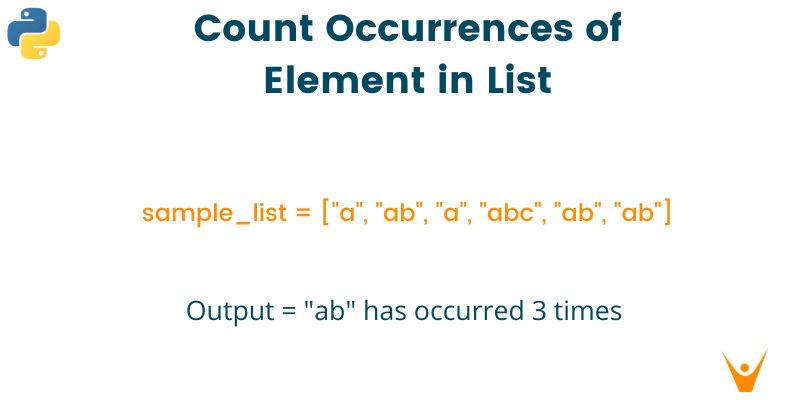

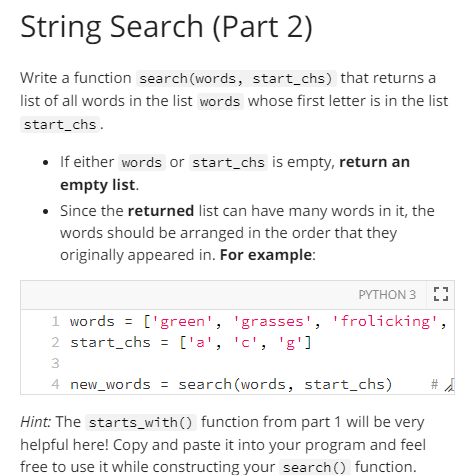



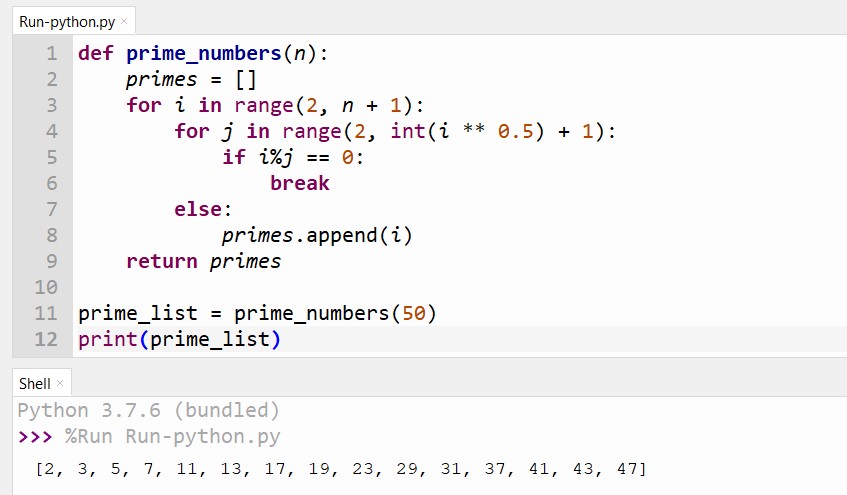
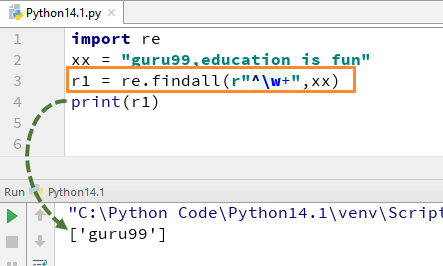



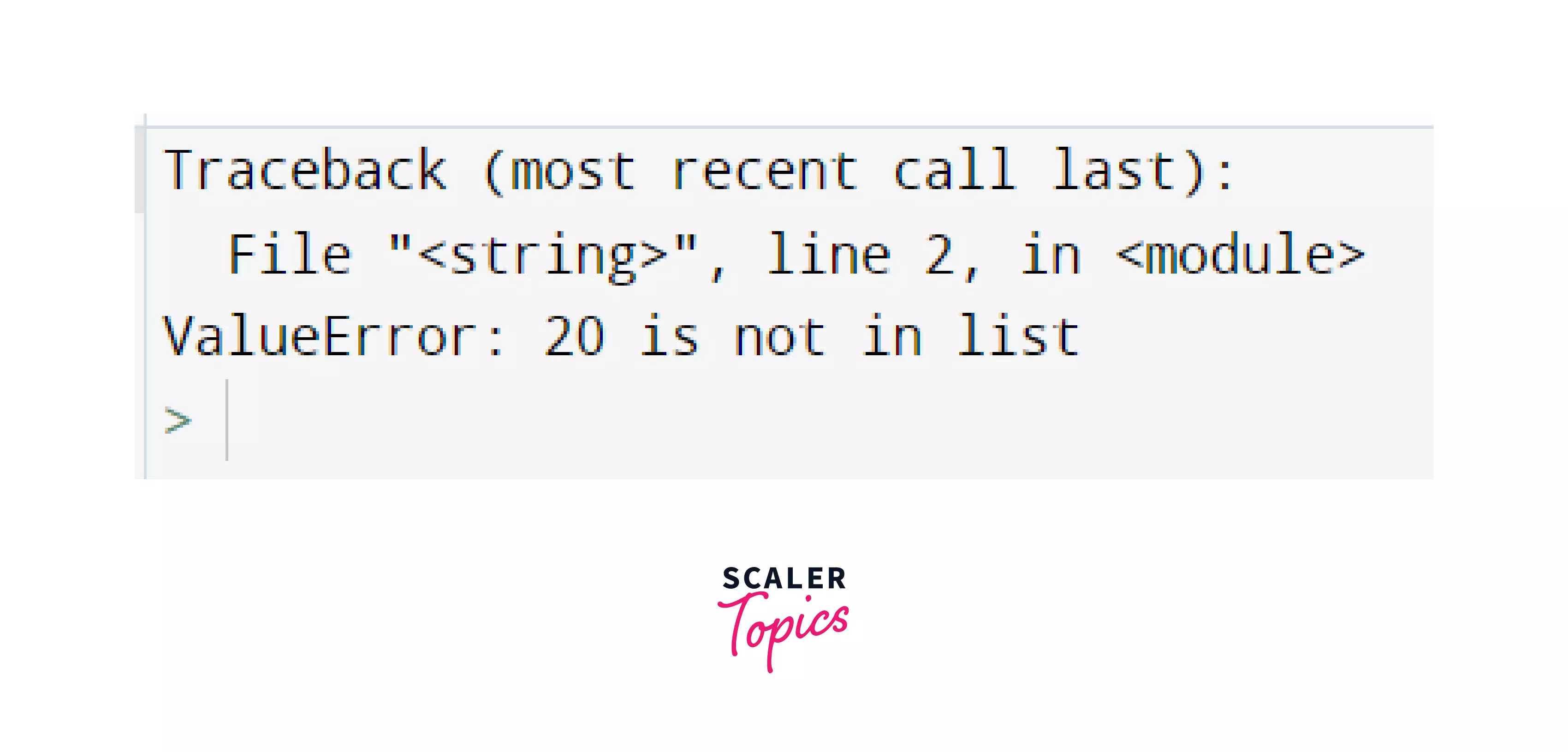


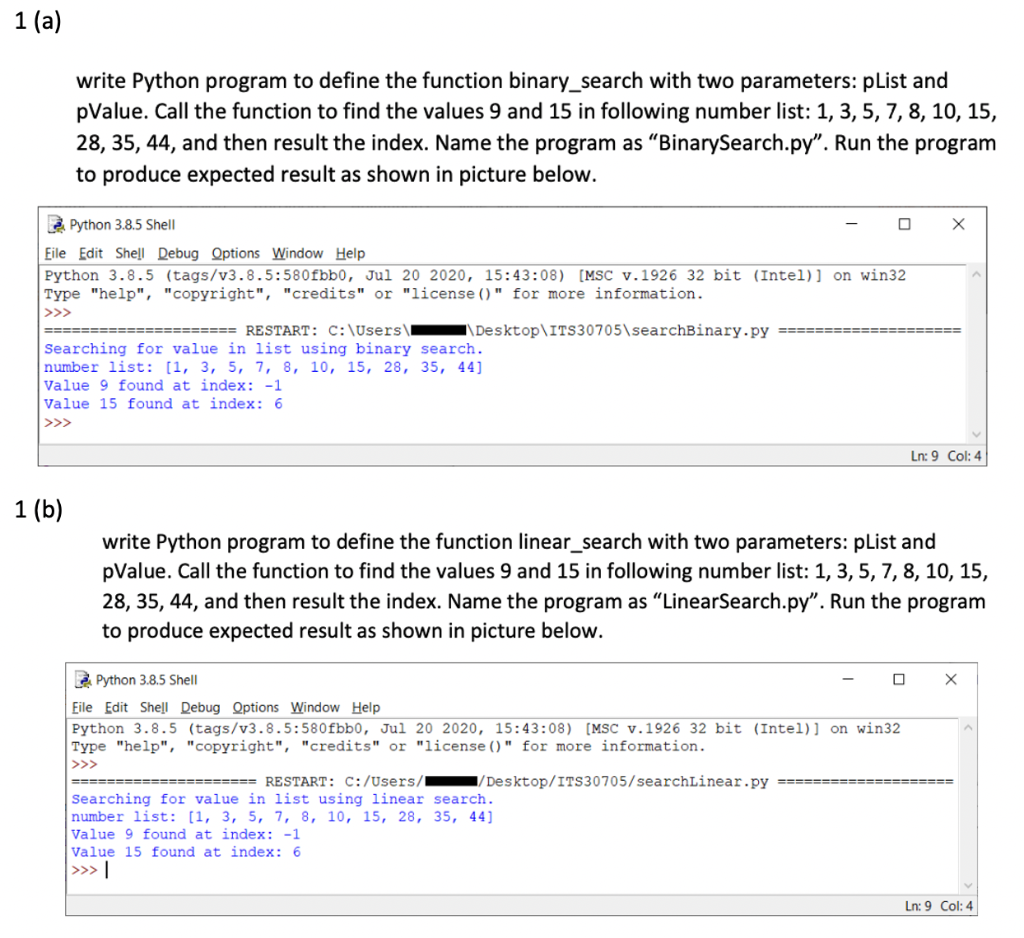

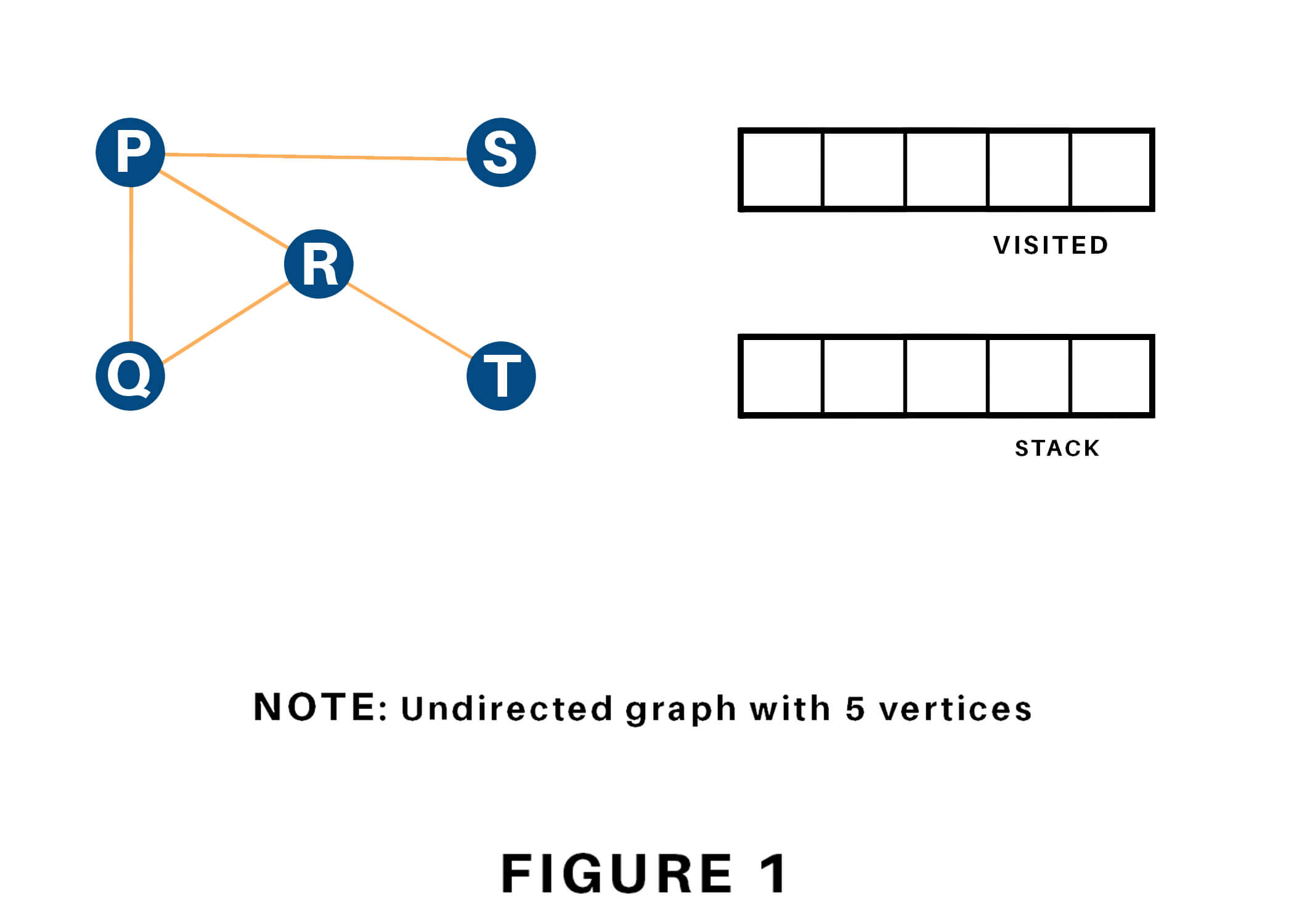
Article link: search in list in python.
Learn more about the topic search in list in python.
- How can I search a list in Python? – Gitnux Blog
- Python Find in List – How to Find the Index of an Item or …
- Python Find in List: How to Find an Element in List
- Find a value in a list [duplicate] – Python – Stack Overflow
- Python Find String in List | DigitalOcean
- Python List Find Element – Finxter
- How to search a list of lists in python – Entechin
- Python Find in List – Javatpoint
- Find Items in a Python List – Able
See more: https://nhanvietluanvan.com/luat-hoc/